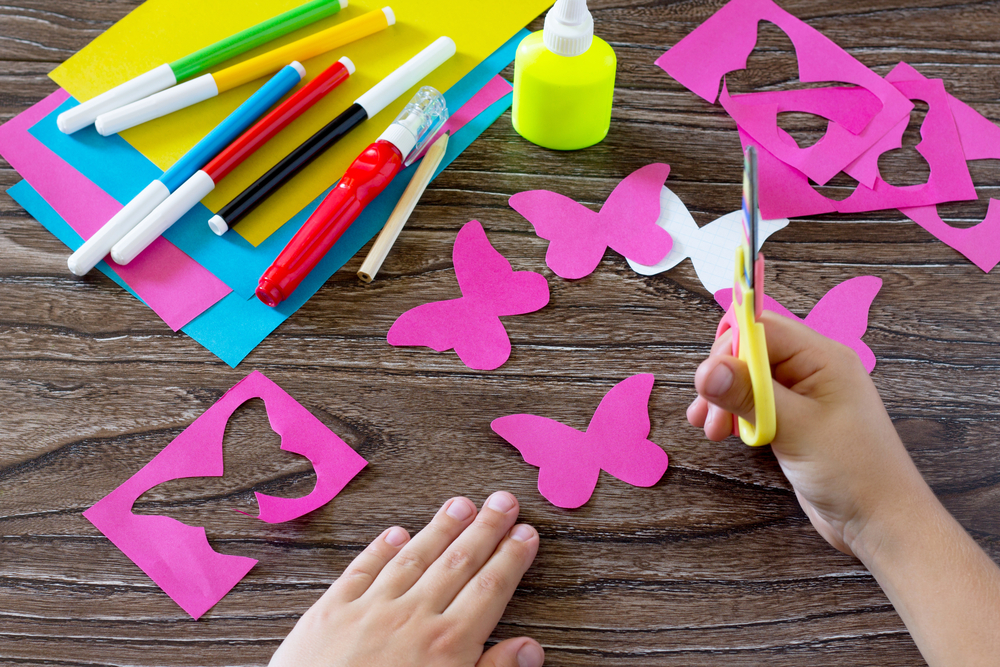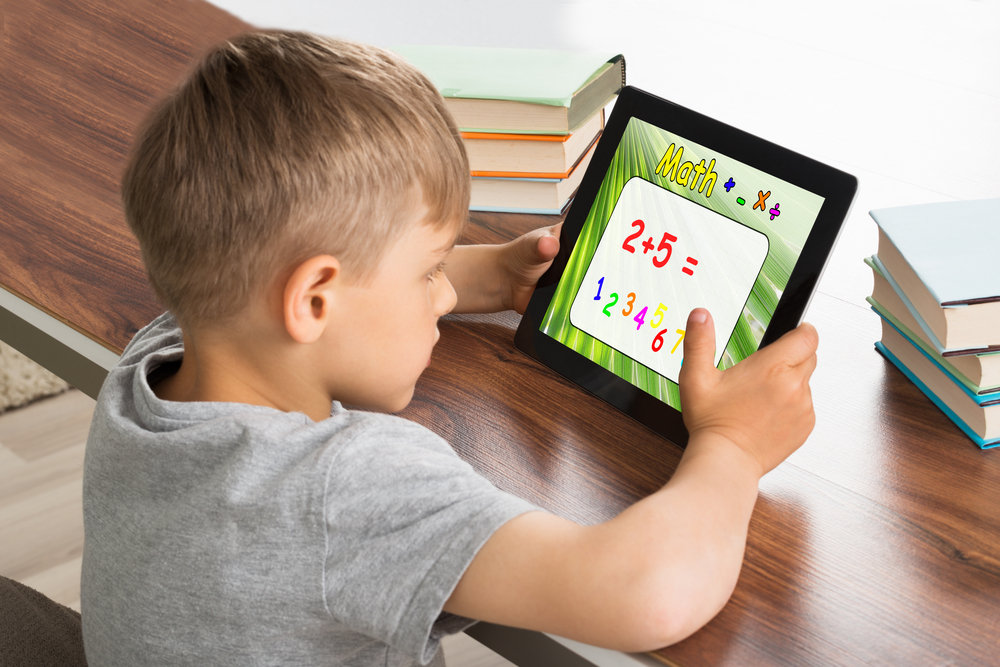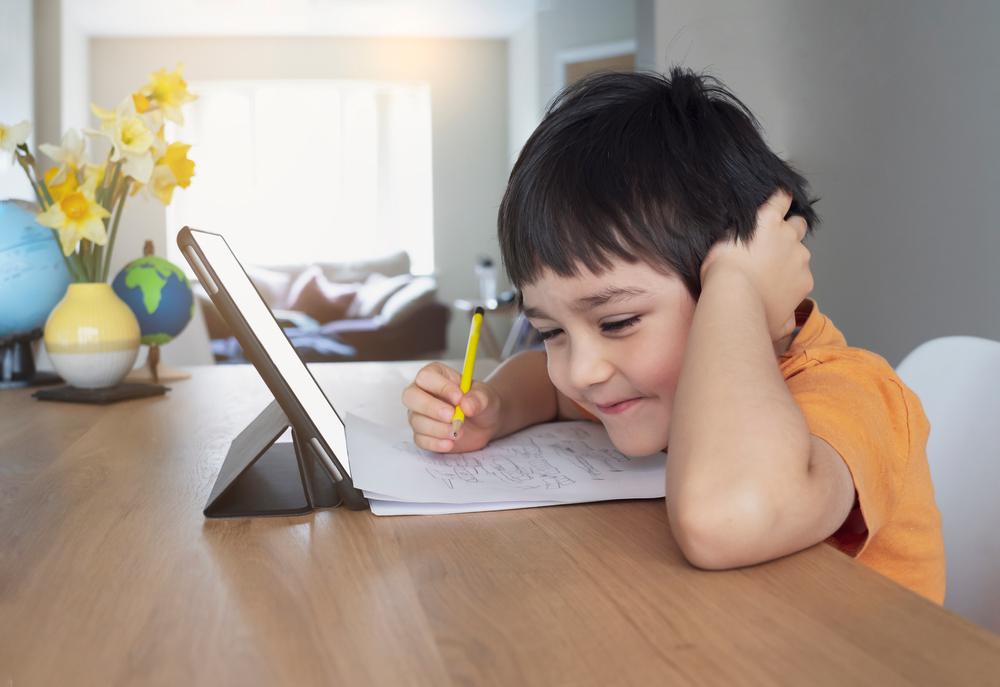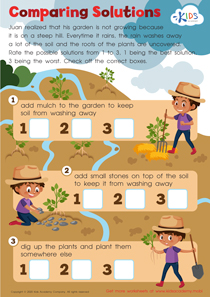Tracing Letters worksheets activities for Ages 4-6
56 filtered results
-
From - To
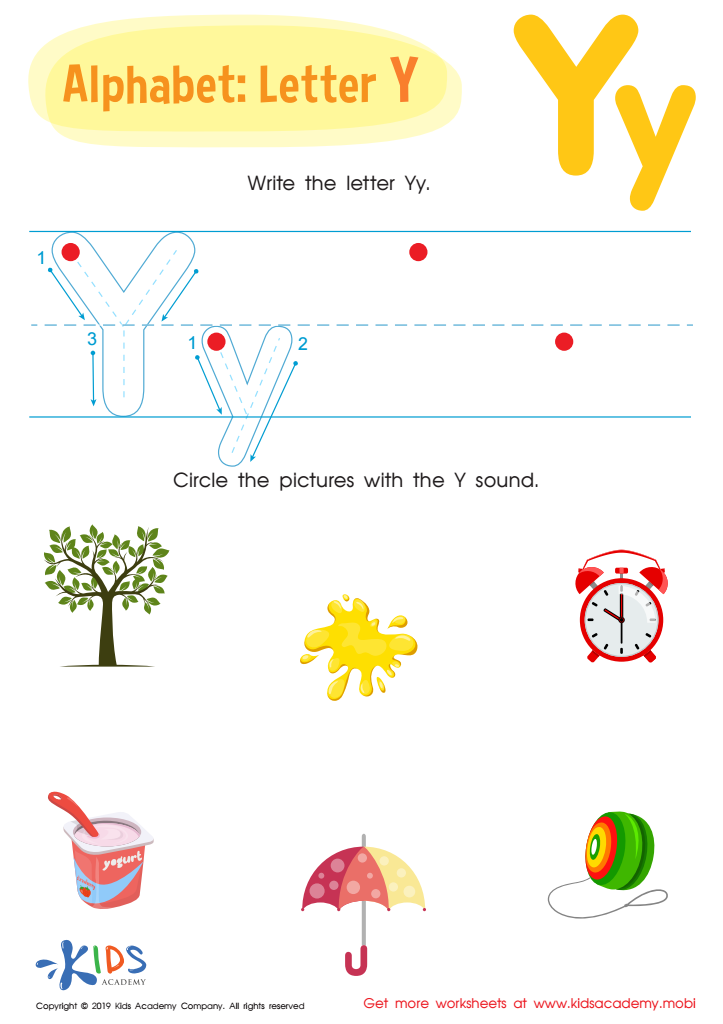

Letter Y Tracing Worksheet
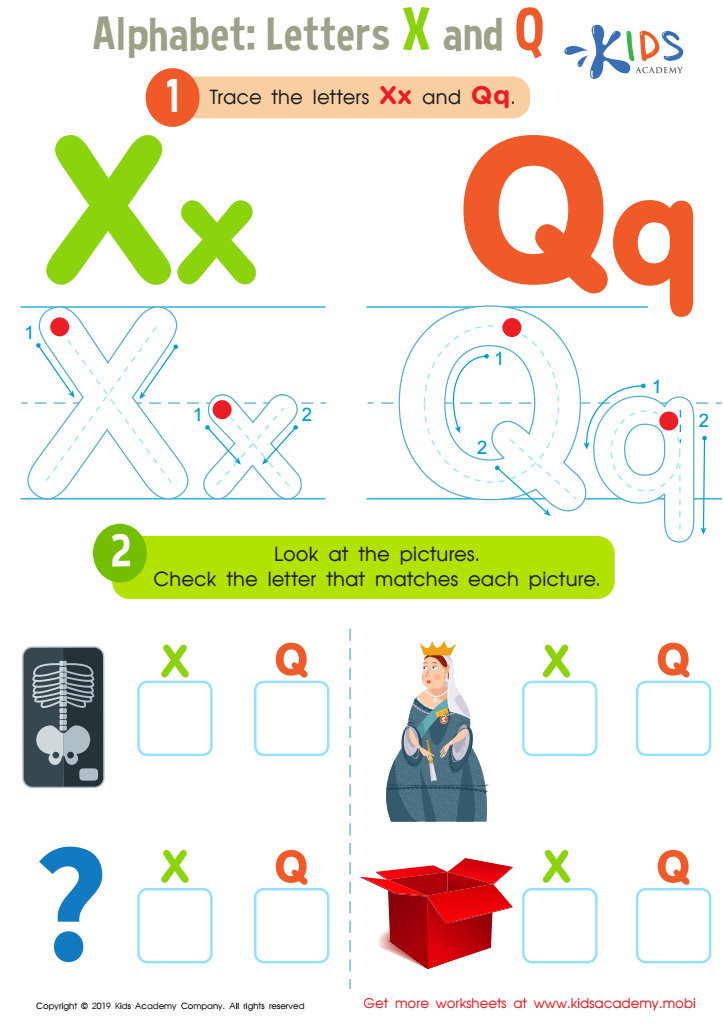

Letters X and Q Tracing Worksheet
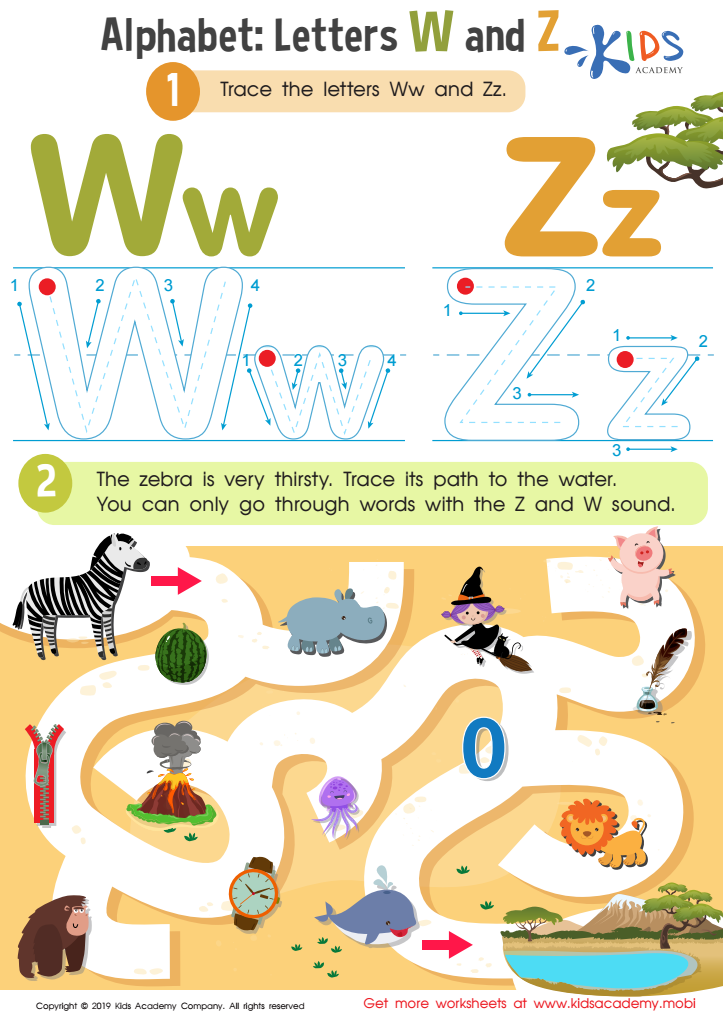

Letters W and Z Tracing Worksheet
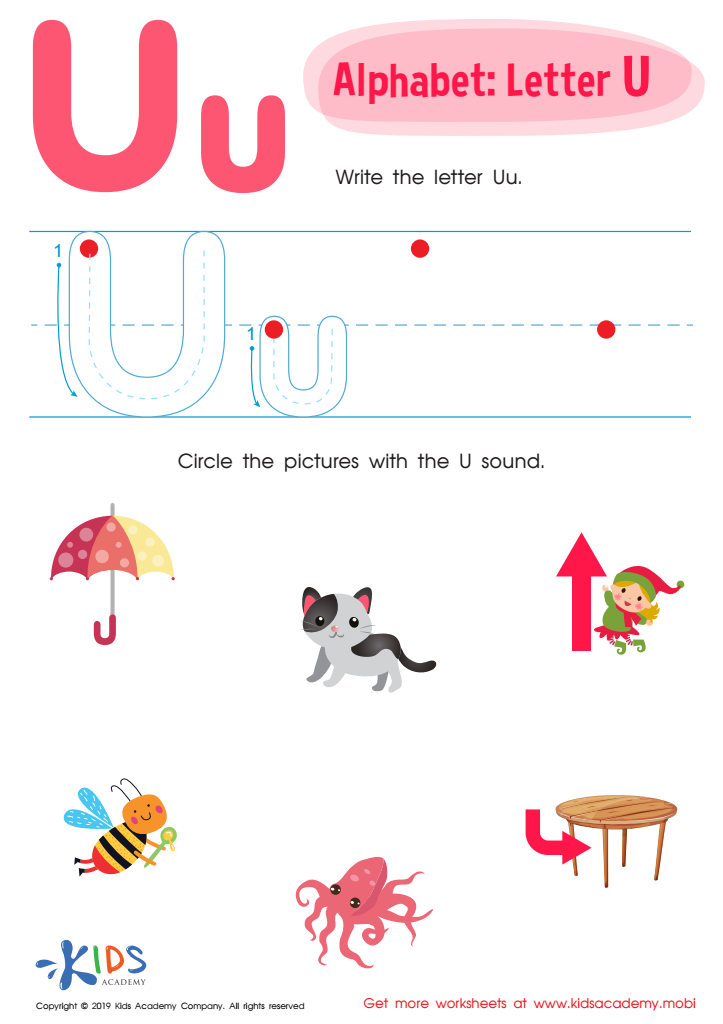

Letter U Tracing Worksheet
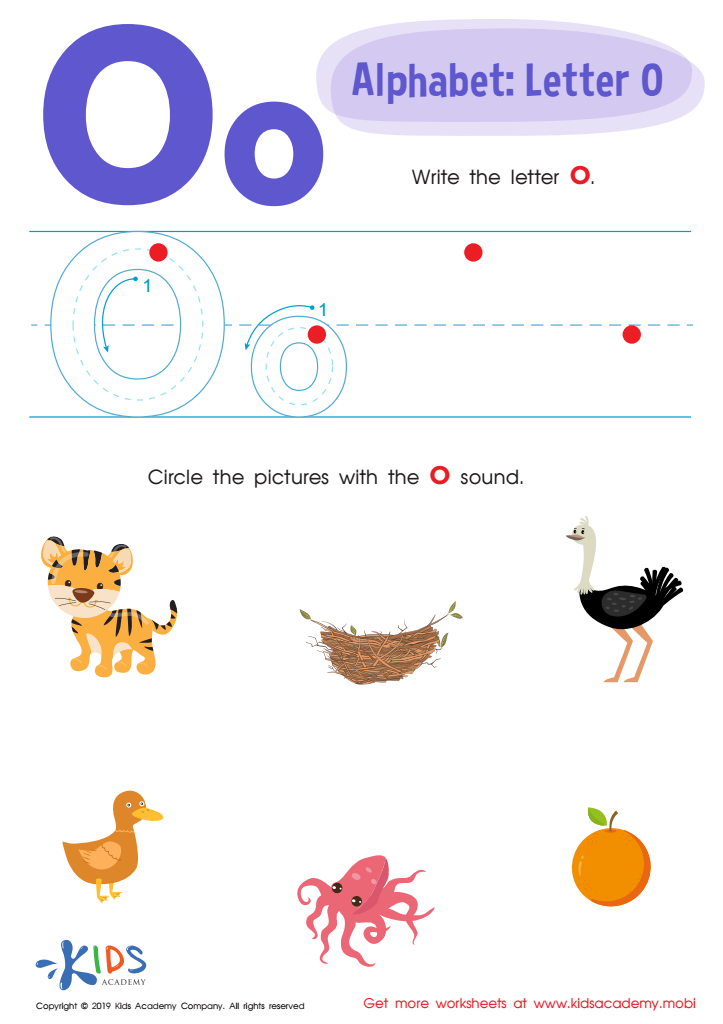

Letter O Tracing Worksheet
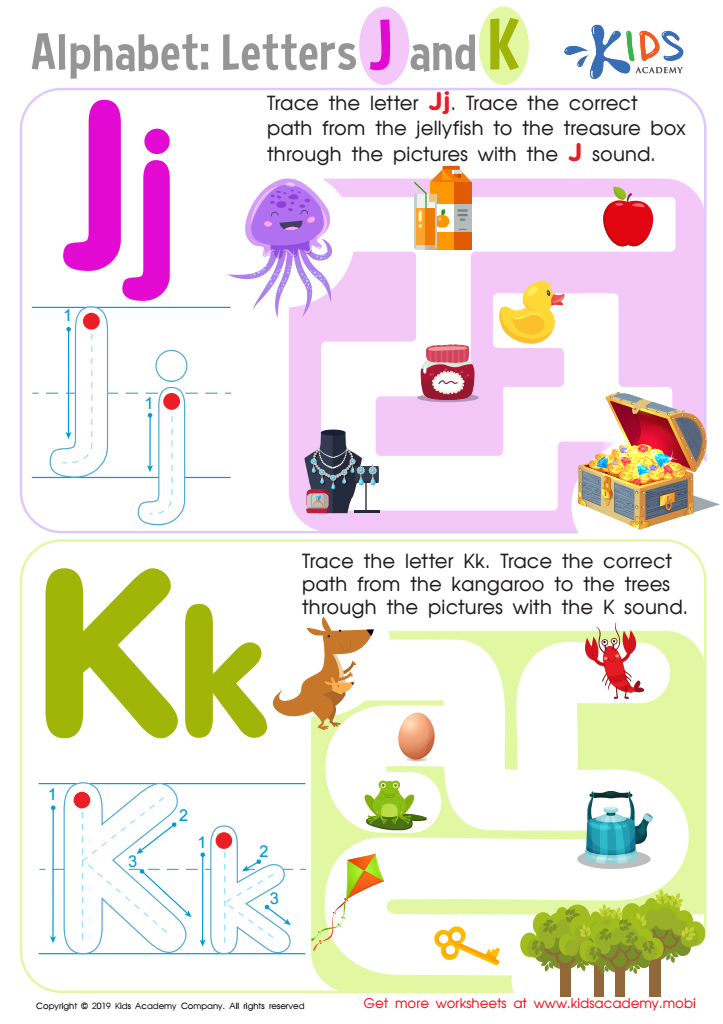

Letters J and K Tracing Worksheet
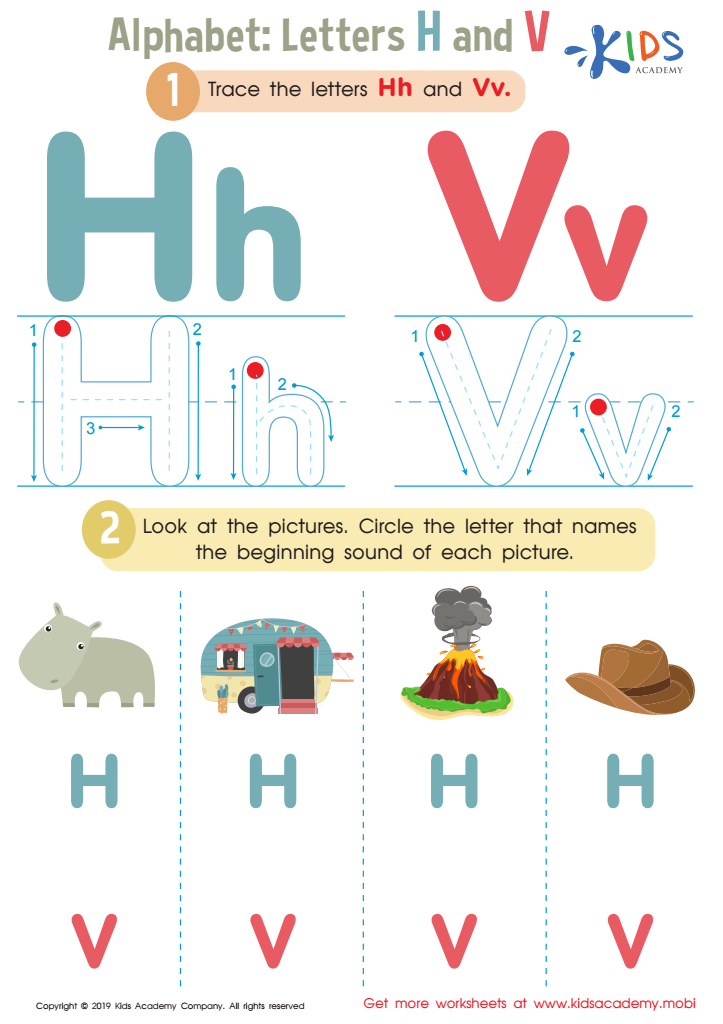

Letters H and V Tracing Worksheet
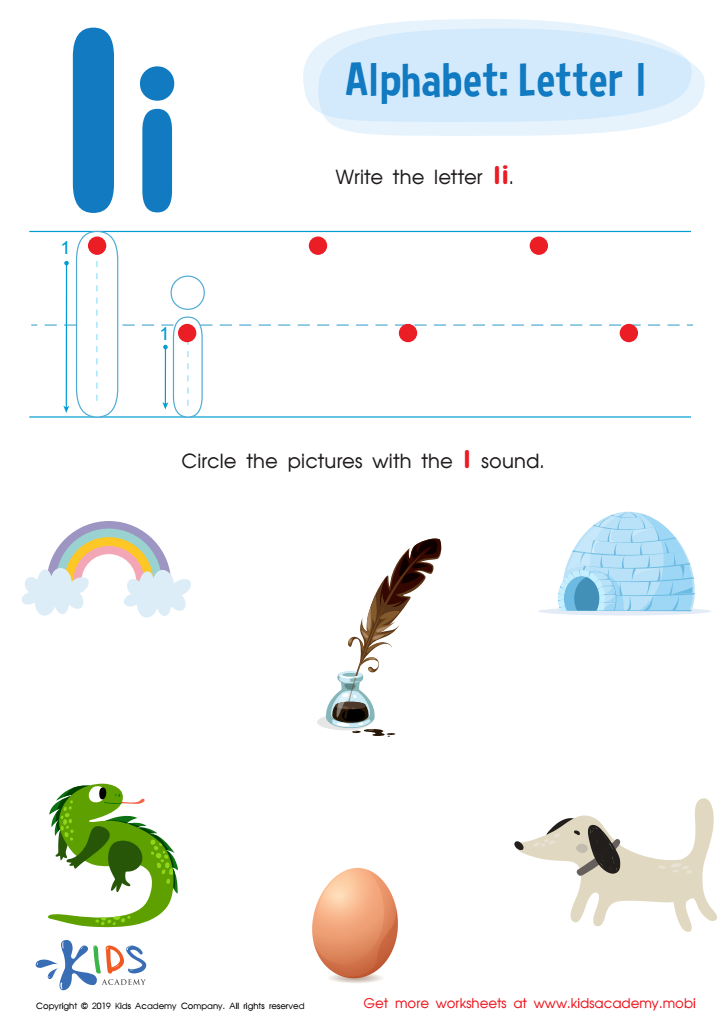

Letter I Tracing Worksheet
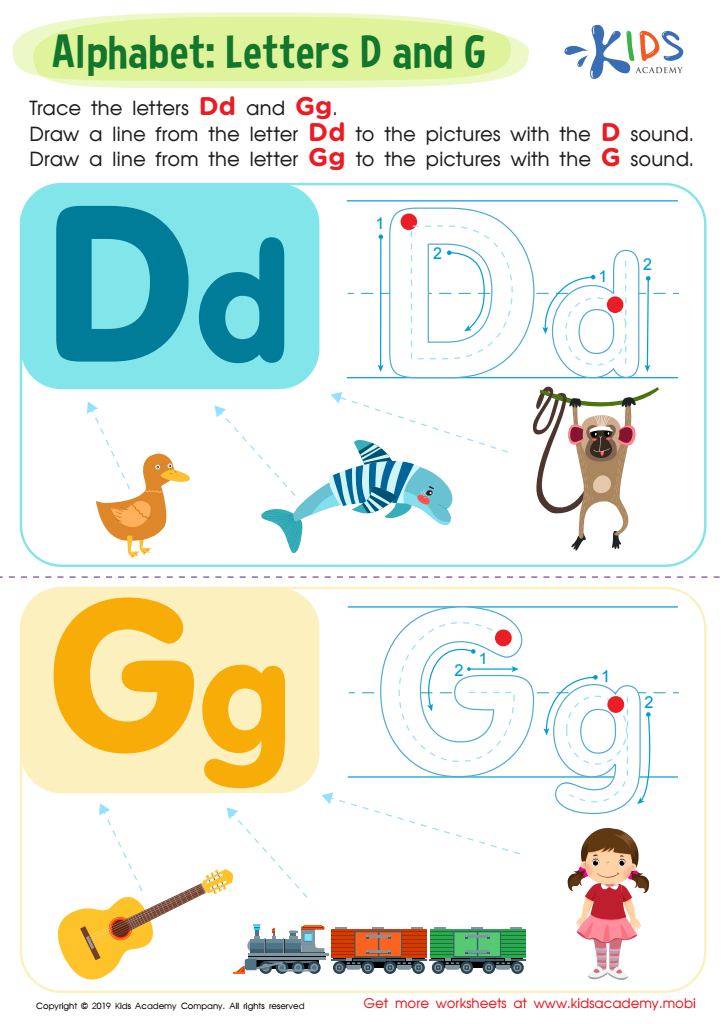

Letter D and G Tracing Worksheet
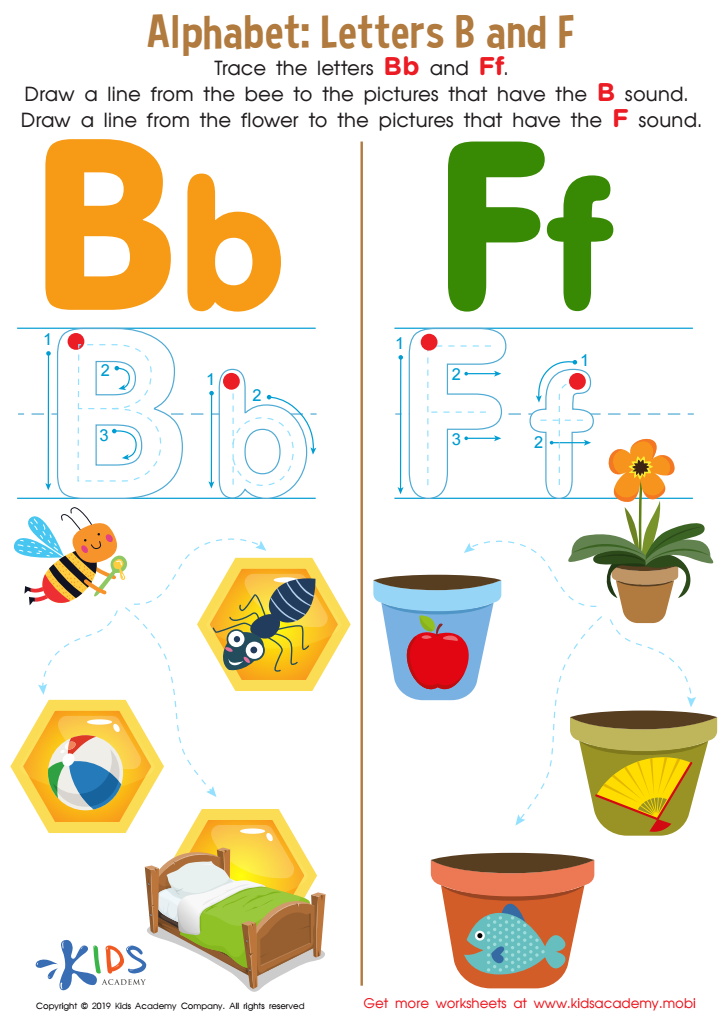

Letters B and F Tracing Worksheet


Letter N and C Tracing Worksheet


Letter L and P Tracing Worksheet
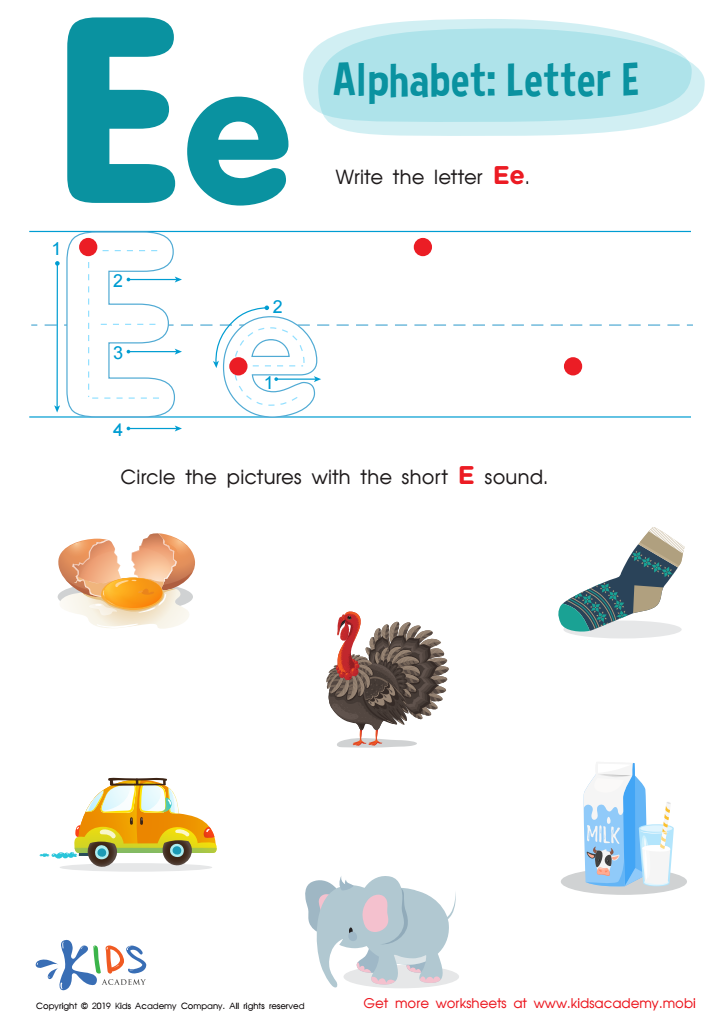

Letter E Tracing Worksheet
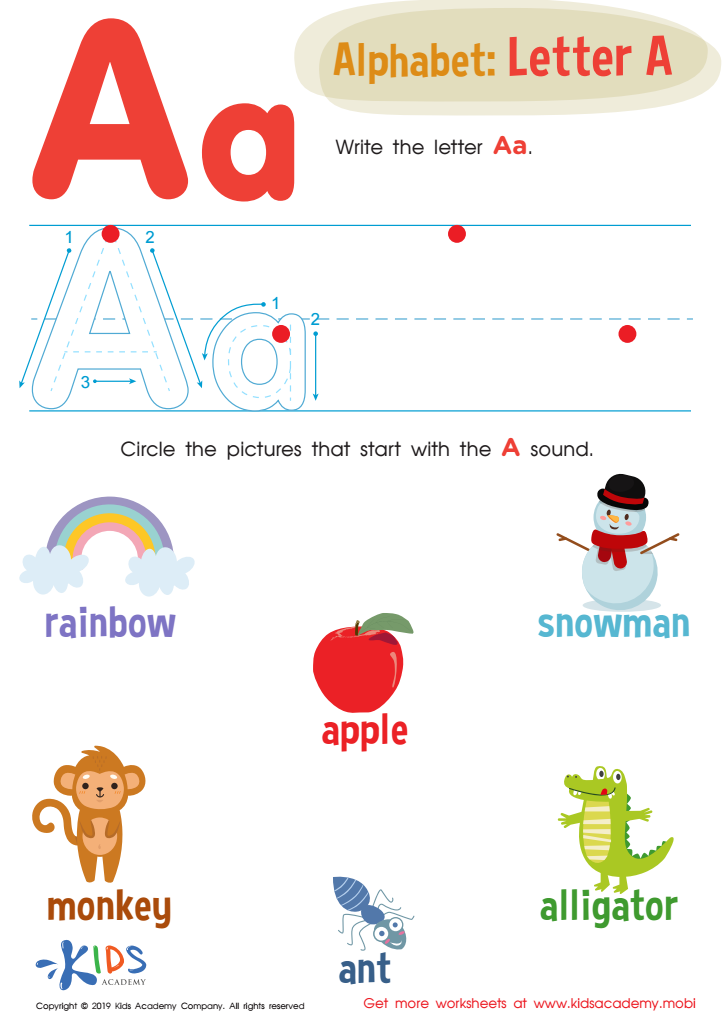

Letter A Tracing Worksheet
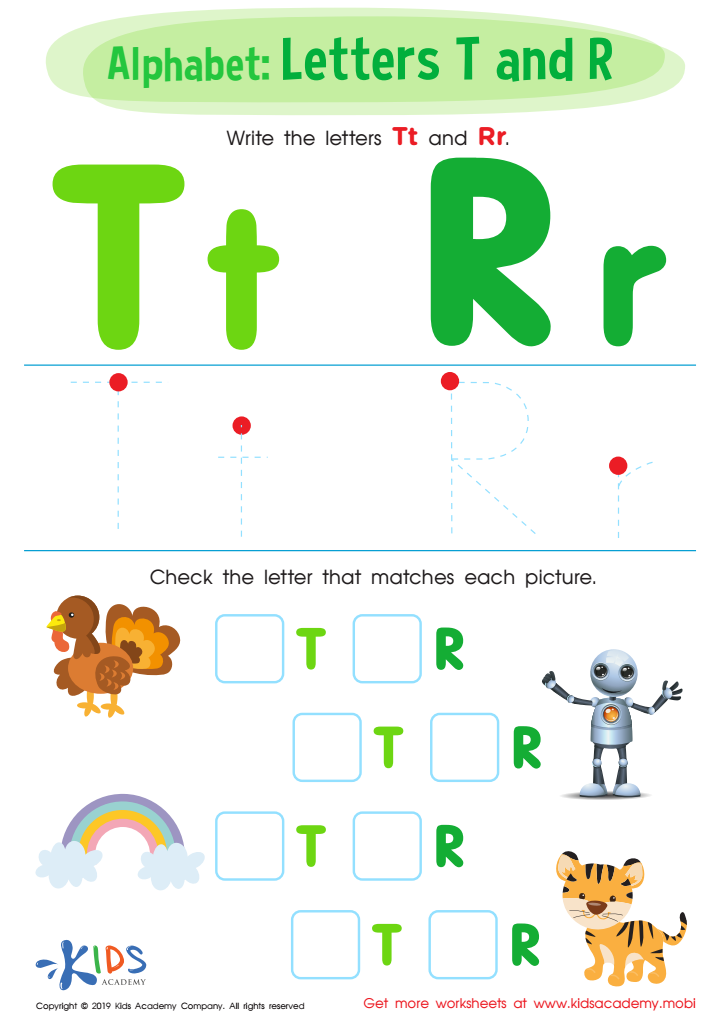

Letters T and R Worksheet
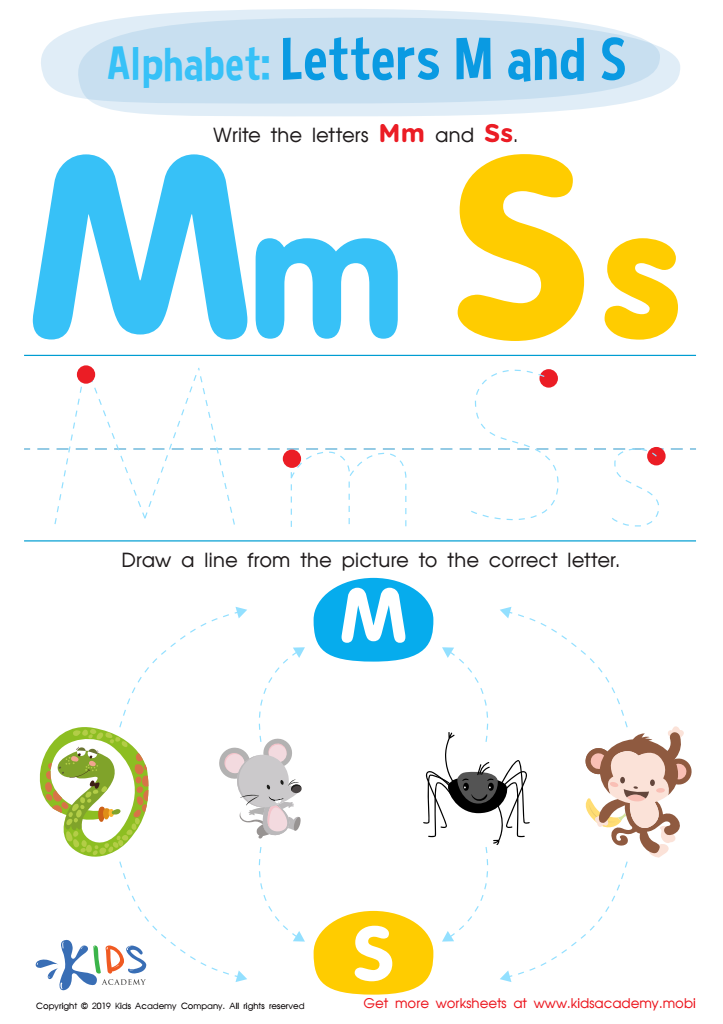

Letters M and S Tracing Worksheet
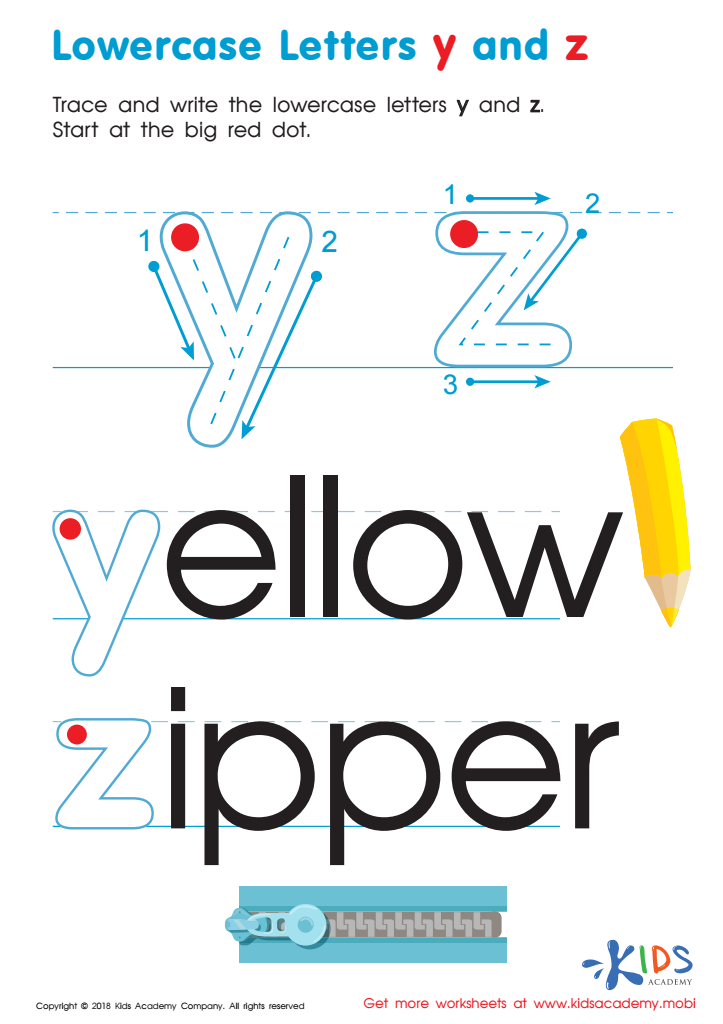

Lowercase Letters y z Worksheet
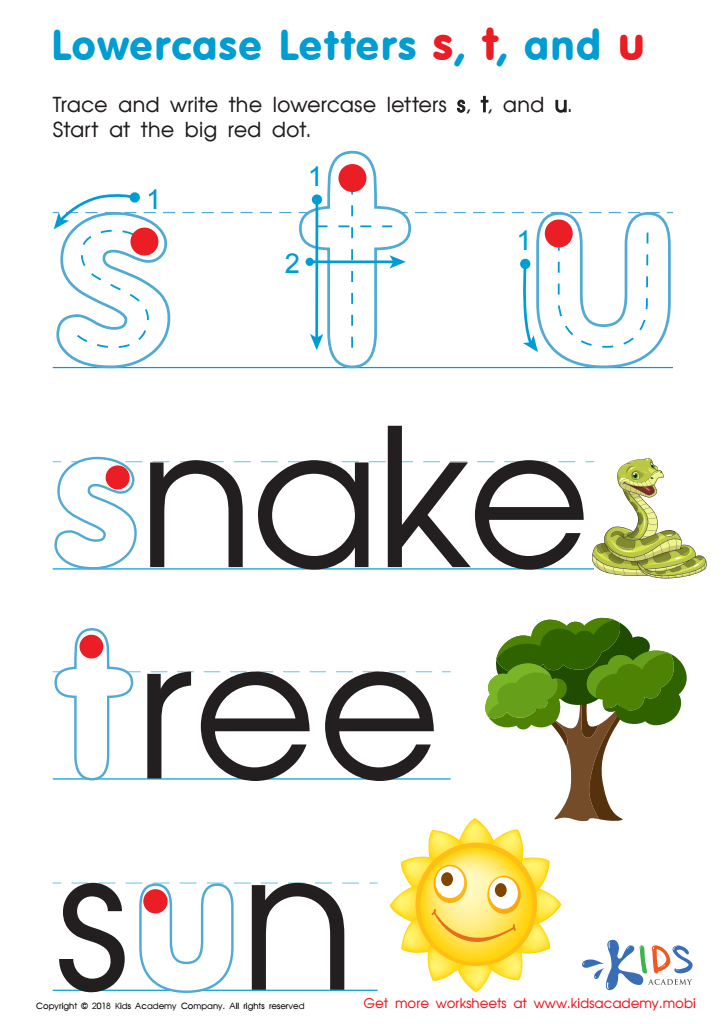

Lowercase Letters s t u Worksheet
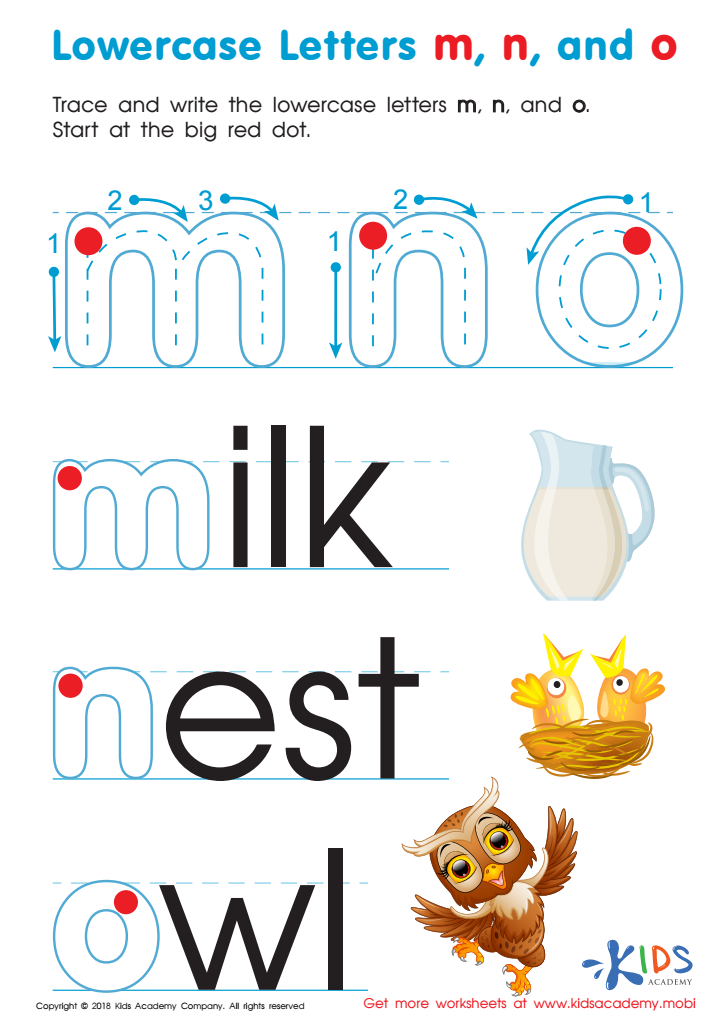

Lowercase Letters m n o Worksheet
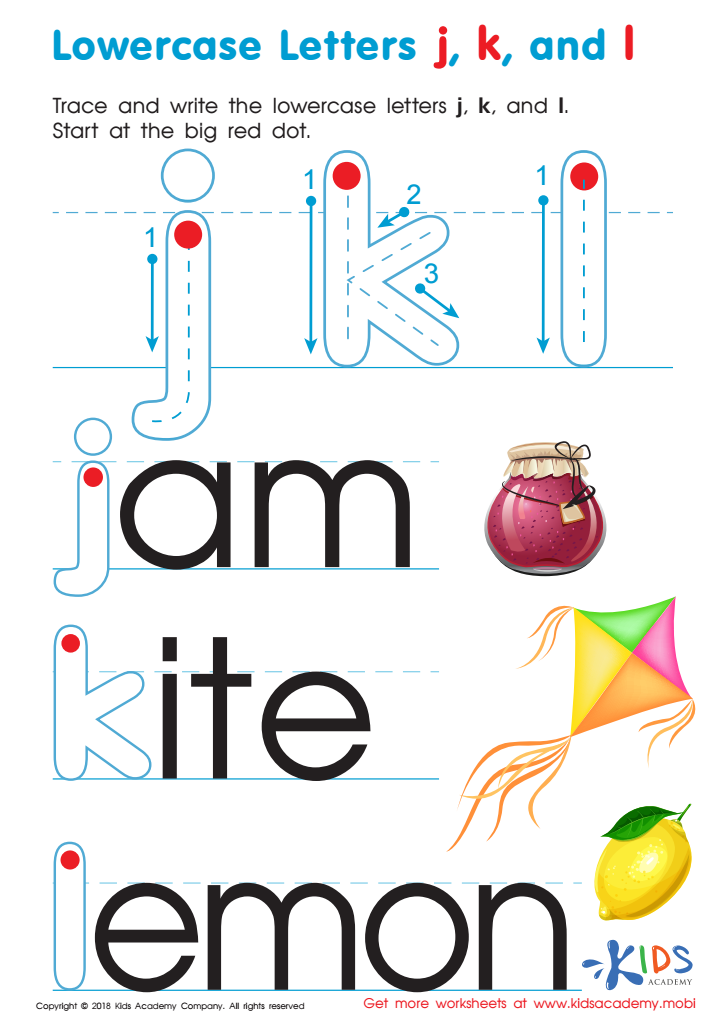

Lowercase Letters j k l Worksheet
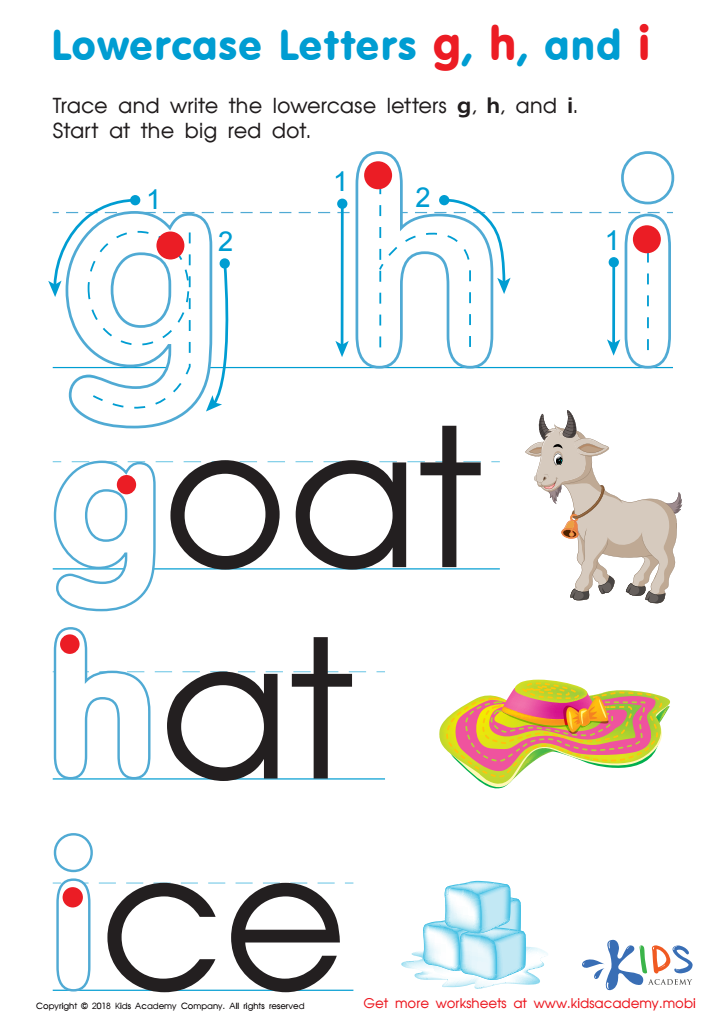

Lowercase Letters g h i Worksheet
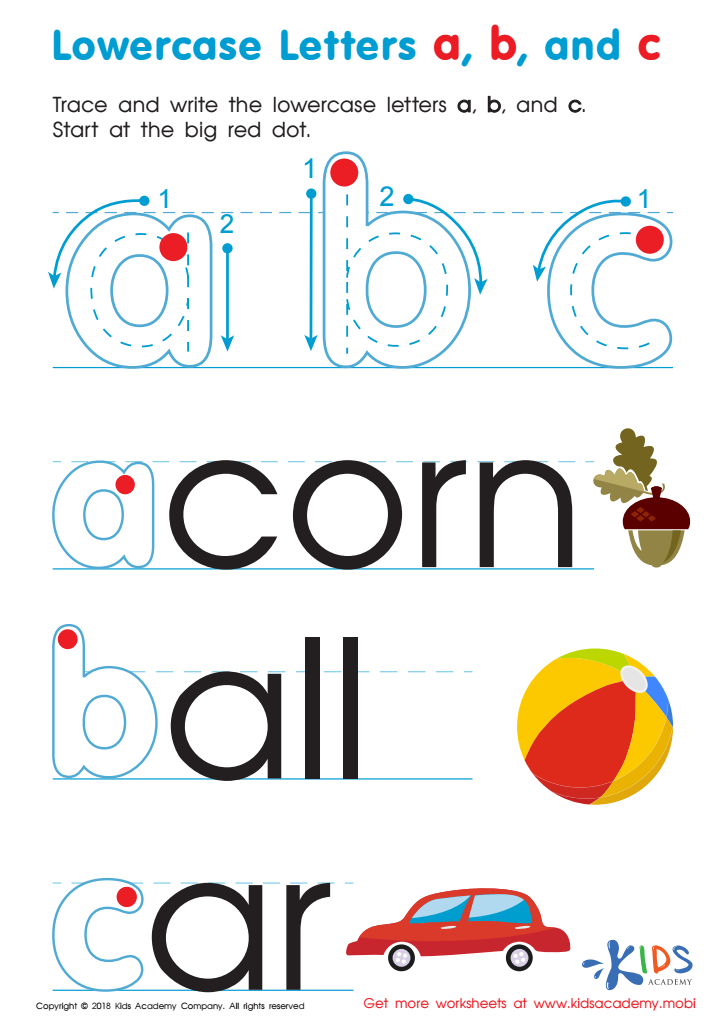

Lowercase Letters a b c Worksheet
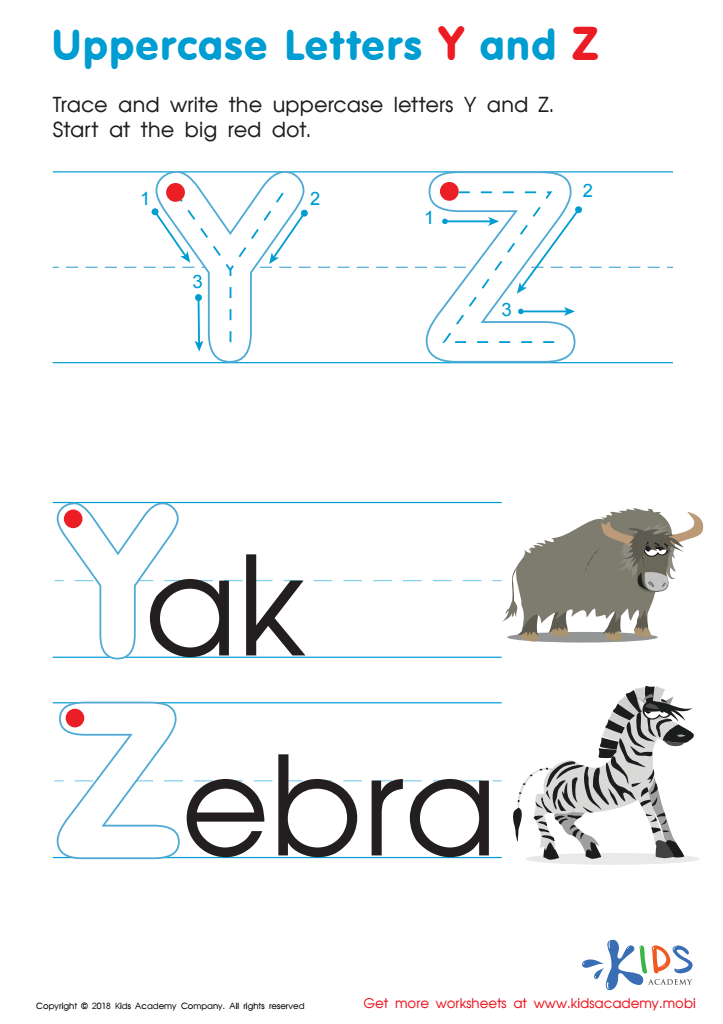

Uppercase Letters Y Z Worksheet
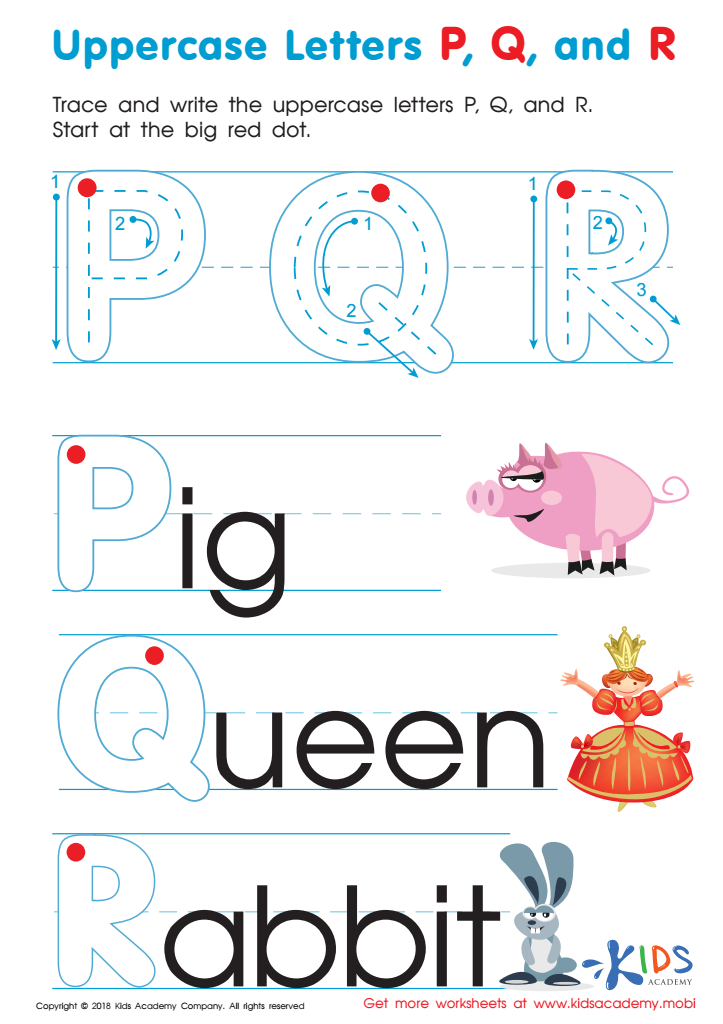

Uppercase Letters P, Q, and R Worksheet
Tracing Letters worksheets activities are an invaluable tool for young learners beginning their journey into the world of reading and writing. These simple yet effective learning aids play a crucial role in the development of fine motor skills, letter recognition, and writing proficiency. By engaging in Tracing Letters worksheets activities, children can experience a host of benefits that contribute to their educational foundation and overall cognitive development.
Firstly, Tracing Letters worksheets activities help in enhancing fine motor skills. The act of tracing requires children to use their fingers to follow specific patterns. This not only improves their hand-eye coordination but also strengthens the muscles in their hands and fingers, which are essential for writing. As they progress, children gain the dexterity and control necessary to begin writing letters and words independently.
Moreover, these worksheets serve as an excellent method for teaching letter recognition. By repeatedly tracing letters, children become familiar with their shapes and sounds, which is a critical step in learning to read. The repetitive nature of tracing ensures that this knowledge is solidified, making it easier for children to recall letters and eventually string them together to form words.
Tracing Letters worksheets activities also provide a guided approach to learning how to write. These sheets often include directional arrows and numbered steps to show the correct stroke order for each letter. Such guidance is important in preventing the formation of bad writing habits that can be difficult to correct later on. Children learn to write letters correctly from the start, which is vital for legible handwriting and efficient writing speed in the future.
In conclusion, Tracing Letters worksheets activities are not just another task for young learners; they are a fundamental stepping stone in the literacy journey. By fostering fine motor skills, enhancing letter recognition, and teaching correct writing techniques, these activities prepare children for success in reading, writing, and beyond.

 Assign to My Students
Assign to My Students


